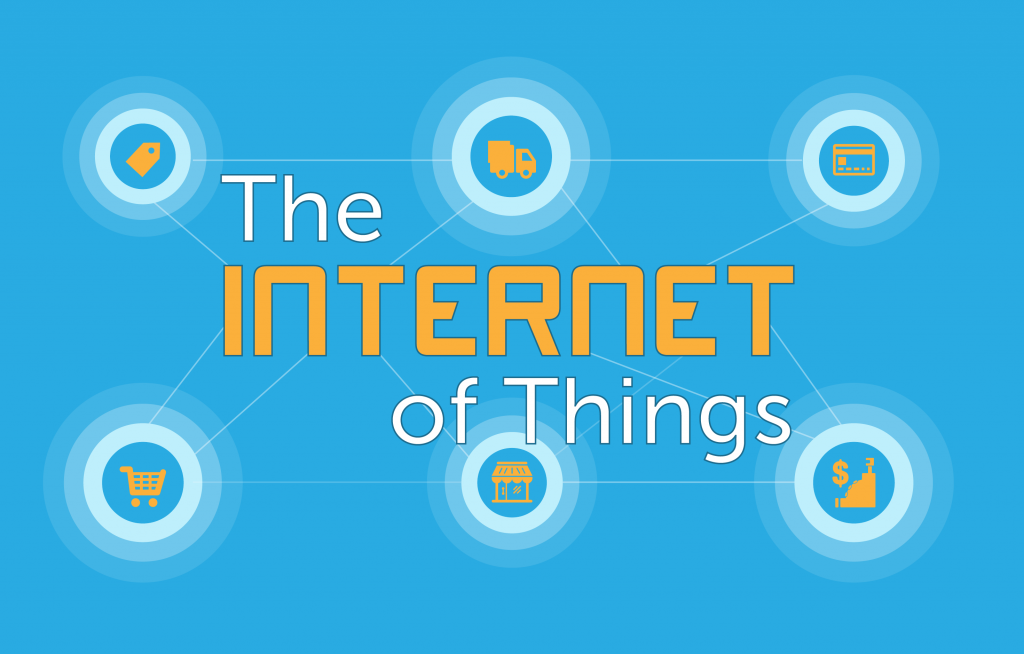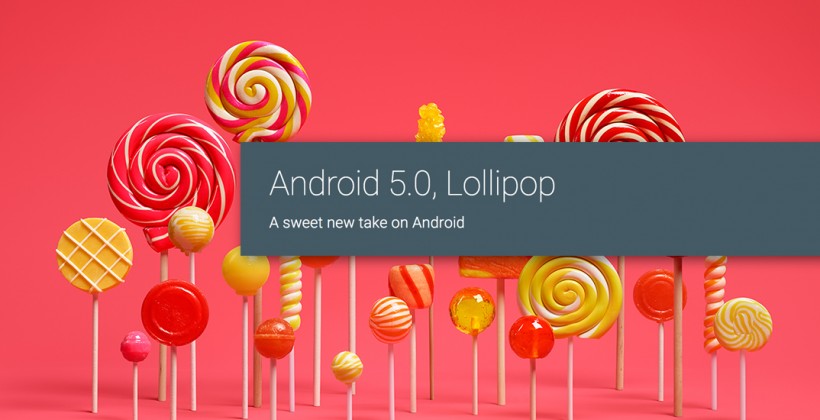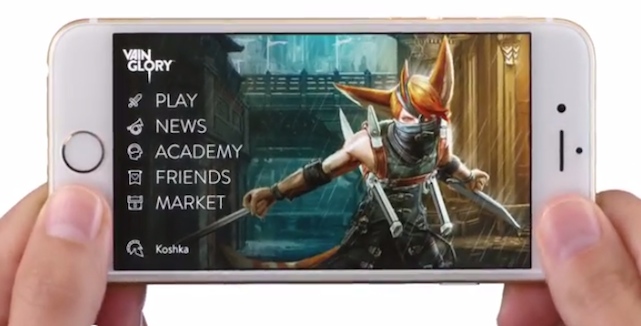For the first time, scientists have incorporated a solar cell and a nano generator to convert wind energy into electricity, that too in a single device to power the Internet of Things. By connecting an extensive network of tiny communications devices it will not only make life more efficient but also make cities smarter says researchers from Georgia Institute of Technology in the US and National Centre for Nano science and Technology in Beijing.
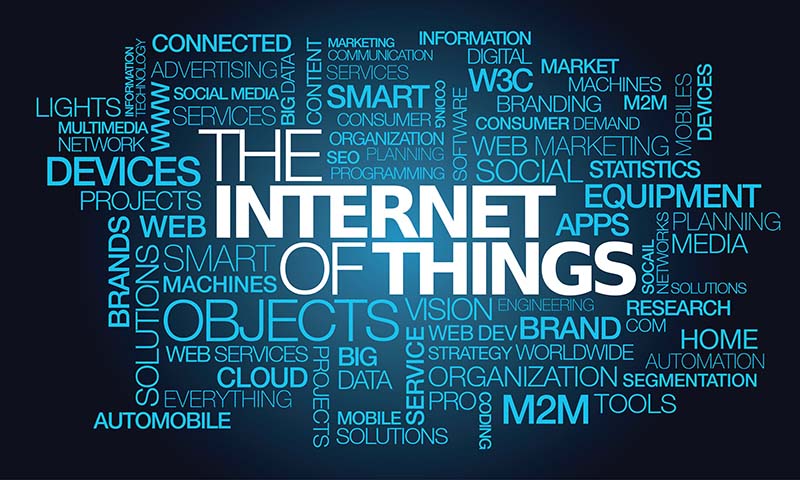
To make our cities smarter and life more efficient, these machines will require a lot of energy. To power the network, if we depend on fossil fuels, we will be adding on to the global problem. Researchers say this problem can be sorted out by powering a single device that will harvest wind and solar energy. In some reports we find computer industry experts predicting that tens of billions of gadgets will make up the Internet of Things within just five years.
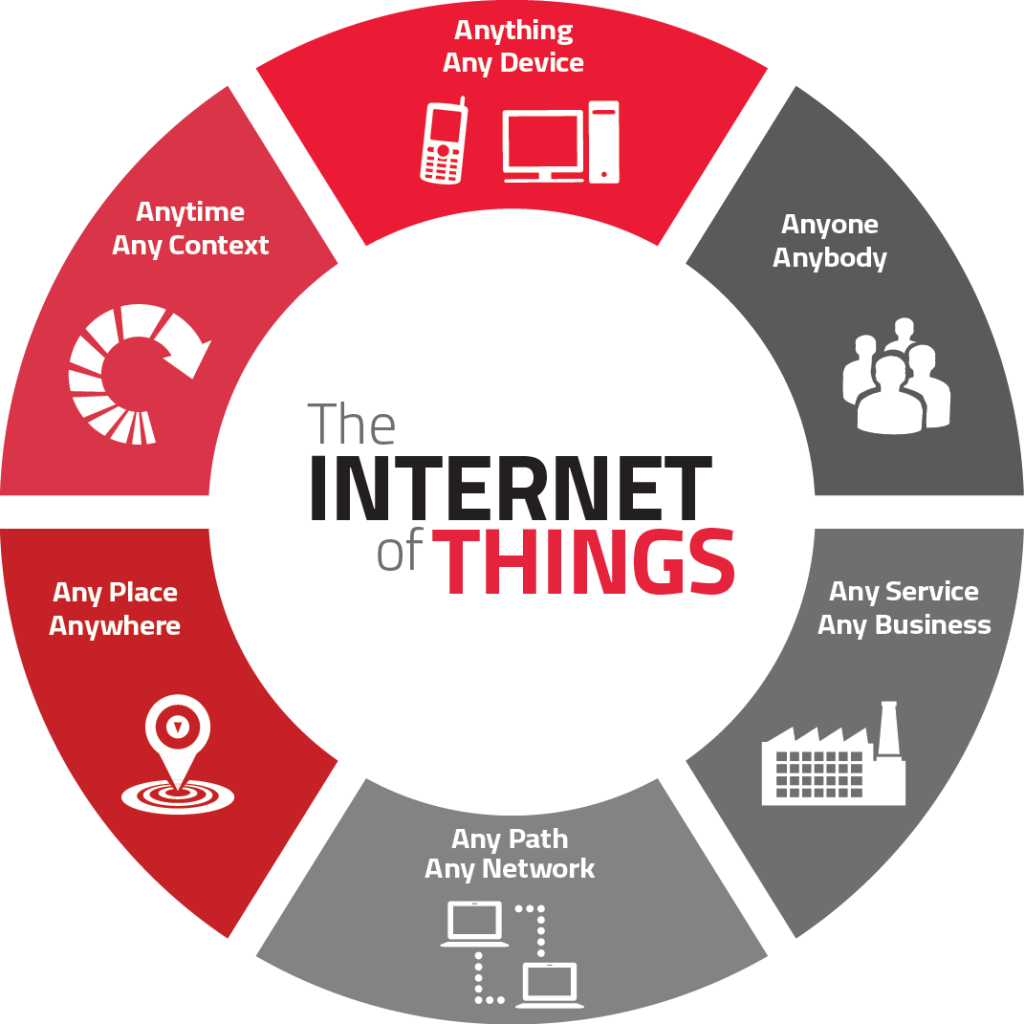
Researchers say in our homes this device will be installed in almost all our gadgets right from our coffee makers to our alarm clocks, also it will be used in buildings for managing lights and air temperature. But for all these facilities we will be requiring still more energy, and sustainably generating more energy in cities that too, close to where the devices will be used is challenging. This is very difficult because cities do not have much space for towering wind turbines. Taking into consideration all these problems researchers have incorporated two energy harvesting technologies in one single silicon solar cell and a nano generator, such that it will convert wind energy into electrical output.Researchers say, that this solar cell has the power of delivering 8 milliWatts of power output each milliWatt is capable of lighting up 100 small light emitting diodes that is LEDs and the wind harvesting component delivers up to 26 milliWatts.

